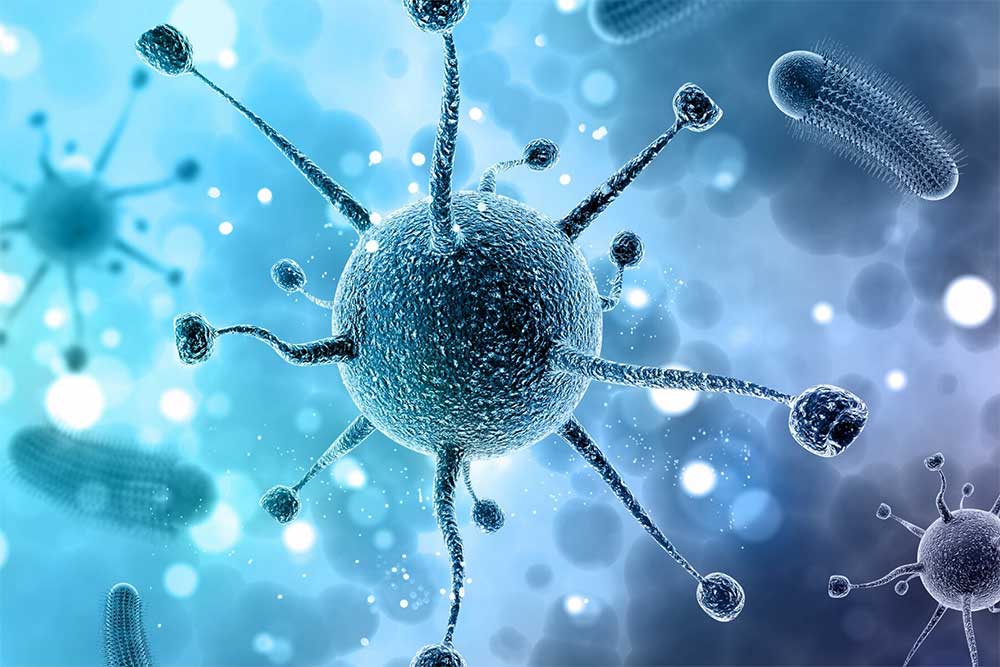Human papillomavirus (HPV) is a virus that can cause several types of cancer, including cervical cancer, according to the Centers for Disease Control and Prevention (CDC). HPV is spread through sexual contact, meaning it can be passed from one person to another through vaginal, anal, or oral sex, as well as skin-to-skin contact. There are more than 150 types of HPV, and some can cause cancer, while others can cause genital warts.
HPV is spread through skin-to-skin contact, so it can be passed even if there is no penetration or ejaculation. Most people with HPV don’t have any symptoms, but the virus can cause genital warts or cancer. HPV can cause certain types of cancer, such as the vagina, cervix, vulva, anus, and penis. HPV can likewise cause cancer of the neck and head. It’s important to get tested and treated if you have the virus. There is no cure for HPV, but there are treatments for the symptoms. If you’re looking for additional treatment options for HPV, you can check out clinical trials for hpv at Power.
HPV is a common virus that can lead to cancer. There are many ways to reduce the risk of HPV, including:
1) Get the HPV vaccine
The HPV vaccine is one of the most effective ways to reduce the risk of HPV-related cancers. HPV, or human papillomavirus, is a common virus that can lead to several types of cancer, including cervical, vaginal, and anal cancers. The HPV vaccine is available for both males and females and is most effective when given to people between the ages of 9 and 26. The HPV vaccine is safe and effective and has been shown to reduce the risk of HPV-related cancers by up to 90%.
2) Use condoms
Condoms are an important way to reduce the risk of HPV transmission. HPV is a virus that can be transmitted through sexual contact and can cause cancer in both men and women. Condoms can help reduce the risk of HPV transmission by providing a barrier between the virus and the skin. When used correctly, condoms are highly effective in preventing the spread of HPV.
3) Limit your number of sexual partners
It’s no secret that practicing safe sex is the best way to reduce your risk of contracting HPV. But did you know that limiting the number of sexual partners you have can also help?
While there is no surefire way to prevent HPV, limiting your number of sexual partners is one of the best things you can do to reduce your risk. Why? Because the more sexual partners, you have, the greater your chance of coming into contact with someone who is infected with HPV.
So, if you’re looking to reduce your risk of HPV, limiting your number of sexual partners is a good place to start.
4) Get regular Pap tests
It is estimated that nearly 80% of sexually active women will contract Human Papillomavirus (HPV) at some point in their lives. HPV is a virus that can cause cervical cancer, and while there is no cure, there are ways to reduce your risk of developing the disease. One of the best ways to reduce your risk is to get regular Pap tests.
Pap tests are a screening tool used to detect changes in the cells of the cervix and can often identify HPV before it causes any health problems. Getting regular Pap tests is one of the best ways to reduce your risk of developing cervical cancer.
If you are sexually active or have any other risk factors for HPV, talk to your doctor about getting a Pap test. Early detection is key to reducing your risk of developing cervical cancer.
5) Healthy Lifestyle to Strengthen Your Immune System
There are many different types of human papillomavirus (HPV). Some types can cause health problems, including cancer. HPV is spread through sexual contact. The best way to prevent HPV is sexual contact abstinence or practicing a monogamous, long-term relationship with a partner that’s uninfected.
There are many things you can do to reduce your risk of HPV. One is to live a healthy lifestyle. This means eating a balanced diet, getting regular exercise, and avoiding tobacco and excessive alcohol use. These lifestyle choices can also help strengthen your immune system, which can help protect you from HPV and other diseases.
6) Practice Abstinence
Having HPV can be a scary diagnosis, but there are ways to reduce your risk of contracting the virus. One of the most effective ways to reduce your risk is to practice abstinence.
Abstinence is defined as not having sexual intercourse. This means that you are not allowing your genitals to come into contact with another person’s genitals. This is the most effective way to reduce your risk of HPV because it eliminates all contact with the virus.
There are other ways to reduce your risk of HPV, but abstinence is the most effective. If you are sexually active, you can still reduce your risk by using condoms and getting vaccinated.

